Information Technology Reference
In-Depth Information
Channel Bandwidth
In addition to the direction of data flow supported by a telecommunications channel, you
must consider the speed at which data can be transmitted. Telecommunications
channel
bandwidth
refers to the rate at which data is exchanged, usually measured in bits per second
(bps)—the broader the bandwidth, the more information can be exchanged at one time.
Broadband communications
is a relative term but generally means a telecommunications
system that can exchange data very quickly. For example, for wireless networks, broadband
lets you send and receive data at a rate greater than 1.5 Mbps.
Telecommunications professionals consider the capacity of the channel when they rec-
ommend transmission media for a business. In general, today's organizations need more
bandwidth for increased transmission speed to carry out their daily functions. Another key
consideration is the type of telecommunications media to use.
channel bandwidth
The rate at which data is exchanged
over a telecommunications channel,
usually measured in bits per second
(bps).
broadband communications
A telecommunications system in
which a very high rate of data
exchange is possible.
Telecommunications Media
Each telecommunications media type can be evaluated according to characteristics such as
cost, capacity, and speed. In designing a telecommunications system, the transmission media
selected depends on the amount of information to be exchanged, the speed at which data
must be exchanged, the level of concern for data privacy, whether the users are stationary or
mobile, and many other business requirements. The transmission media are selected to sup-
port the goals of the information and organizational systems at the lowest cost, but still allow
for possible modifications should your business requirements change. Transmission media
can be divided into two broad categories:
guided transmission media
, in which telecommu-
nications signals are guided along a solid medium, and
wireless
, in which the telecommuni-
cations signal is broadcast over airwaves as a form of electromagnetic radiation.
Guided Transmission Media Types
Guided transmission media are available in many types. Table 6.1 summarizes the guided
media types by physical media type. These guided transmission media types are discussed in
the sections following the table.
Table 6.1
Media Type
Description
Advantages
Disadvantages
Twisted-pair wire
Twisted pairs of copper wire,
shielded or unshielded
Used for telephone
service; widely available
Transmission speed
and distance limitations
Guided Transmission Media
Types
Coaxial cable
Inner conductor wire
surrounded by insulation
Cleaner and faster data
transmission than
twisted-pair wire
More expensive than
twisted-pair wire
Fiber-optic cable
Many extremely thin strands
of glass bound together in
a sheathing; uses light
beams to transmit signals
Diameter of cable is much
smaller than coaxial;
less distortion of signal;
capable of high
transmission rates
Expensive to purchase
and install
Broadband over
power lines
Data is transmitted
over standard high-
voltage power lines
Can provide Internet
service to rural areas
where cable and
phone service may
be nonexistent
Can be expensive and may
interfere with ham radios
and police and fire
communications
Twisted-Pair Wire
Twisted-pair wire contains two or more twisted pairs of wire, usually copper (see Figure 6.2).
Proper twisting of the wire keeps the signal from “bleeding” into the next pair and creating
electrical interference. Because the twisted-pair wires are insulated, they can be placed close
together and packaged in one group. Hundreds of wire pairs can be grouped into one large
wire cable.
Twisted-pair wires are classified by category (Category 1, 2, 3, 4, 5, 5E, and 6). The lower
categories are used primarily in homes. Higher categories are used in networks and can carry
data at higher speeds. For example, 10 Gigabit Ethernet is a standard for transmitting data
in full-duplex mode at the speed of 10 billion bits per second for limited distances over
category 5 or 6 twisted-pair wire. The 10 Gigabit Ethernet cable can be used for the







